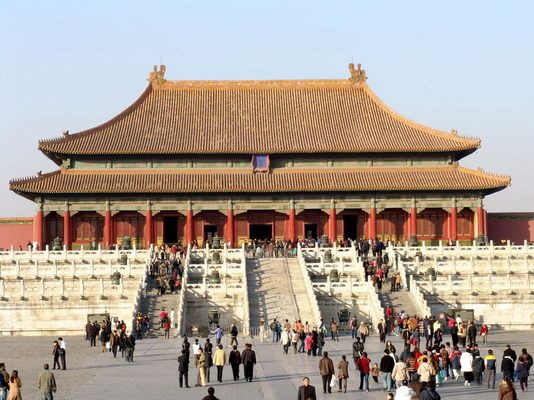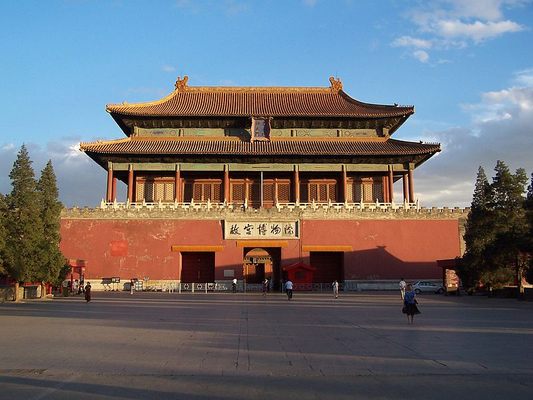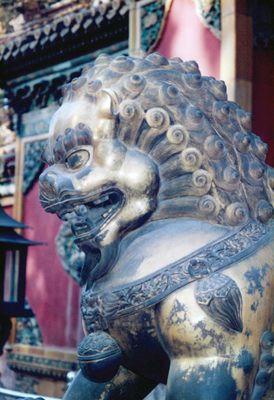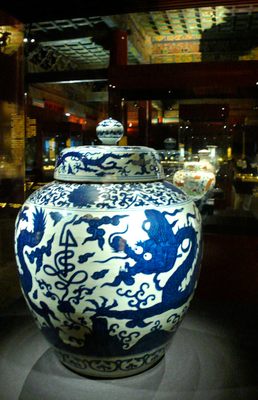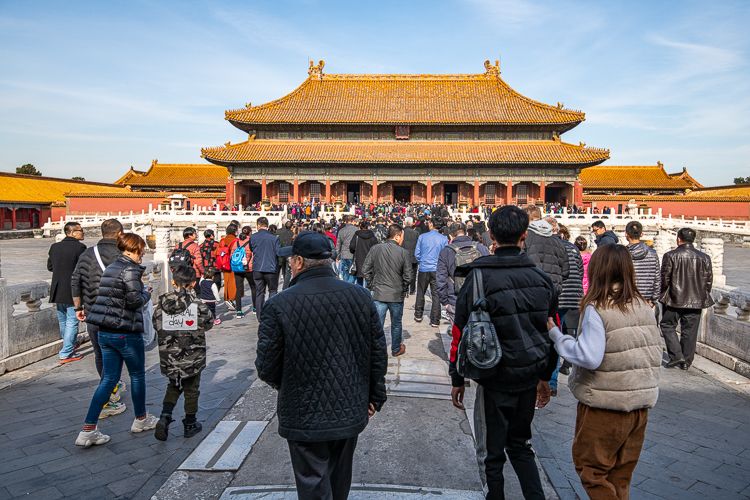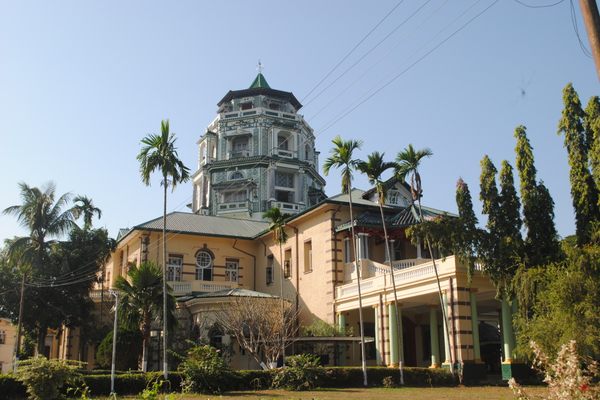About
Possibly one of the most recognizable locations in all of China, this world-famous icon and modern-day tourist magnet was once the exclusive estate of China's ruling class.
Separated into an inner and outer court, the Forbidden City forms a rectangle several thousand feet long and wide, with a moat surrounding all four sides. The huge estate contains five major gates and numerous halls, large and small, each with grandiose names such as the "Gate of Divine Might" and the "Hall of Literary Glory." Construction began in 1402 and lasted for 16 years, employing over a million workers. It served as the seat of the Ming Dynasty from 1420 until 1644, at which point it housed the heads of the Qing Dynasty until 1912.
After Emperor Puyi abdicated in 1912, the Forbidden City underwent several periods of turmoil, including the evacuation (some would say theft) of numerous artifacts to Taiwan in 1948 by a fleeing Chian Kai-shek of the Guomindang. It was named a UNESCO World Heritage Site in 1987, and today the entire complex is part of the Palace Museum, whose collection includes over ten thousand ancient fans, among other artifacts and priceless works of Chinese art. Besides the pieces contained inside, visitors can admire the high imperial architecture, as well as a mingling of religious influences including Taoism, Manchu shamanism, and Tibetan Buddhism.
Easily one of the most visited locations in China, The Forbidden City is a one-of-kind monument to one of the most culturally rich periods in Asia's history.
Related Tags
Community Contributors
Added By
Published
September 17, 2012
